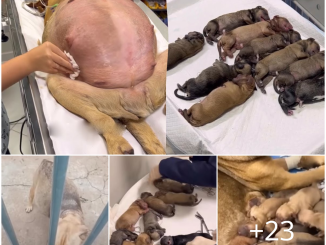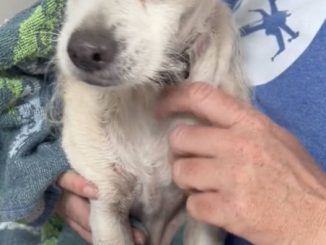
Working with wonderful woofers, the sort of furry joy-bringers that make a difference in people’s lives?
Pitching in with a pack of incredible pups can make a lasting impression on a person’s mind, outlook, and, for sure, their spirit, too.
And that chance to lend a hand, your time, some empathy and understanding, and a whole lot of love is coming up, on Dec. 11, thanks to a “puppy raiser” training session with Guide Dogs of America.
This is a virtual happening, via Zoom, and it will be the final online information event before in-person gatherings return to the Sylmar campus in 2022.
Guide Dogs of American pairs trained pups with “… individuals who are blind/visually impaired and service dogs for veterans and children with autism,” with dogs also being placed in “hospitals, schools, and courtrooms.”
“Our highly skilled canines become trusted companions that increase people’s confidence, mobility, and independence. All programs and services, including transportation, personalized training, room/board, and postgraduate support, are provided at no cost to the recipient,” states the organization on its site.
And helping the organization achieve its mission?
Puppy raisers, those dedicated volunteers who are among some of the first people a young, in-training dog gets to know, trust, and adore.
If you choose to pursue volunteering for this life-changing role, there’ll be a few initial considerations, as well as matters you’ll want to mull.
One consideration? Where you reside. You and the puppy in your care will need to call upon the Sylmar campus on occasion, and attendance at both monthly puppy group meetings and “puppy kindergarten classes” is required.
The Dec. 11 information session will address what you can expect from meetings and classes, as well as what at-home life will be like with the future guide dog you’re helping to raise.
Questions covered include the breeds and types of puppies that volunteers raise, what can be expected in terms of puppy proofing and such, what out-of-pocket expenses might look like, and how long the puppy will live in your home.
And, yes: “(W)hat happens when the dogs ‘go off to college’ to begin formal training” is also a central topic of the session, as well as how dogs are paired with their forever people once they’ve graduated.
The word straight from Sylmar? “We ALWAYS need puppy raisers,” says Stephanie Colman, the coordinator of the puppy program.
So even if you can’t join the December Zoom, you can plan to attend an in-person information session on the Guide Dogs of America campus, in early 2022.
Could this be your new year’s resolution?
“Heartwarming Gesture: Mom Throws Lavish Birthday Party for 15-Year-Old Dog, Crafting an Elegant and Unforgettable Celebration”

“Heartwarming Gesture: Mom Throws Lavish Birthday Party for 15-Year-Old Dog, Crafting an Elegant and Unforgettable Celebration”.


Daisy the Chihuahua has been a huge part of her family’s lives for over a decade and a half, so when it came time for her 15th birthday, Tracy Nguyen wanted to help her celebrate in style!

They adorned the house and invited their entire family and friends.

And what would a birthday party be without a cake?

Mom took things a step further, though, and ordered a cake that resembled Daisy!

The proud canine posed next to the work of art for some gorgeous shots to remember the occasion forever.

Daisy seems overjoyed to be honored on her birthday, and the party was a huge success! Here’s to many more for the adorable pooch and his adoring family.



Leave a Reply